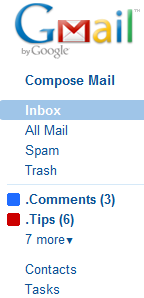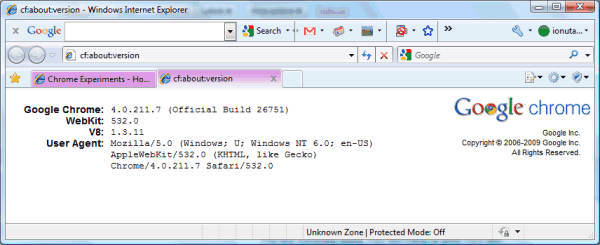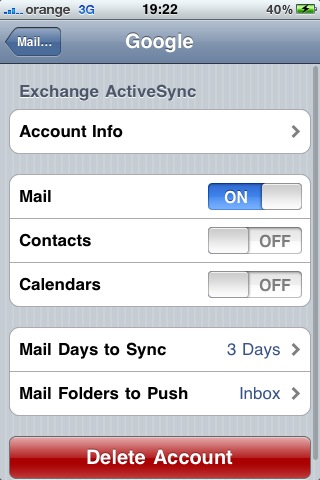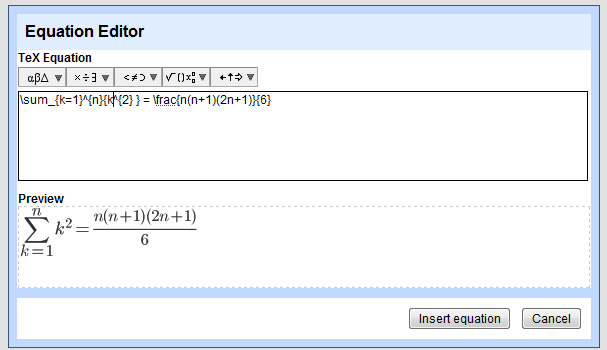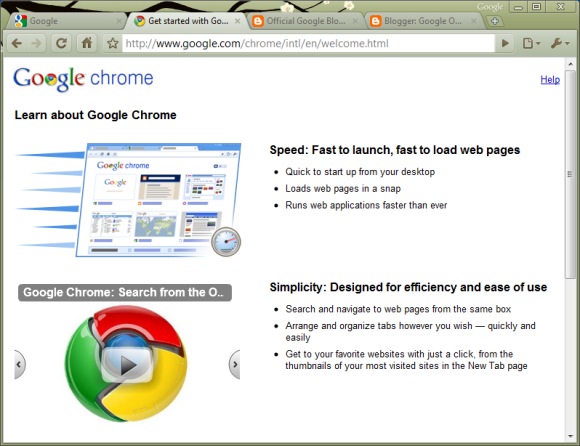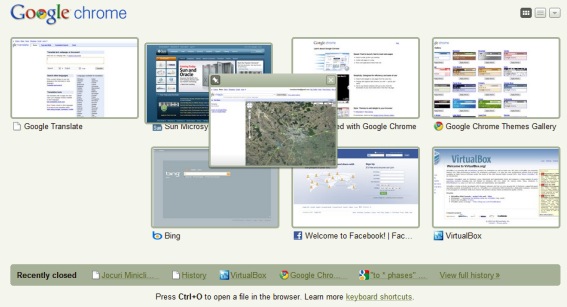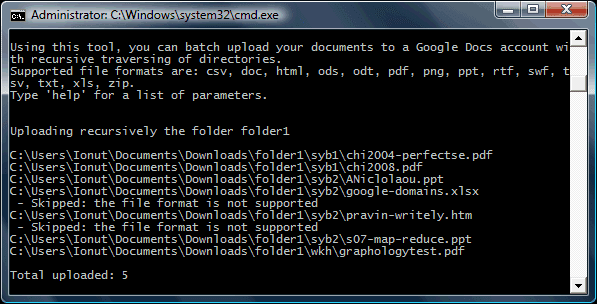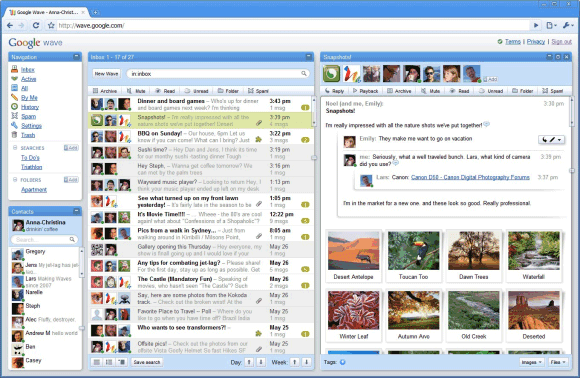
Google Wave is about to open to new users. Starting today, Google will send 100,000 invites to some of those who were eager to use an early version of the service. Google's blog lists three categories of users that will receive invites: Google Wave Sandbox users, those who signed up and offered to give feedback on Google Wave and some Google Apps users. When you receive an invitation to Google Wave, you'll be able to invite other people so you can use Google Wave together.
"Google received more than 1 million requests to participate in the preview, said Lars Rasmussen, engineering manager for Google Wave, and while it won't be able to accommodate all those requests on Wednesday it is at least ready to begin the next phase of the project," writes CNet.
Like Gmail's early version released in April 2004, Google Wave lacks many basic features: you can't remove someone from a wave, you can't configure permissions or write drafts. The interface is not very polished and some of the options are difficult to find, but it's important to keep in mind that Google Wave is just one of the ways to implement an open protocol. Gmail revolutionized email with an interface inspired by discussion boards: messages are grouped in conversations and it's easy to handle a large amount of messages. Google Wave wants to revolutionize real-time communication by extending a protocol mostly used for instant messaging, XMPP.
Combining email, instant messaging and wikis seems like a recipe for confusion, but Google Wave pioneers a new generation of web applications, where everything is instantaneous. As Google explains, each wave is a hosted conversation and users can edit the conversation in real-time.



